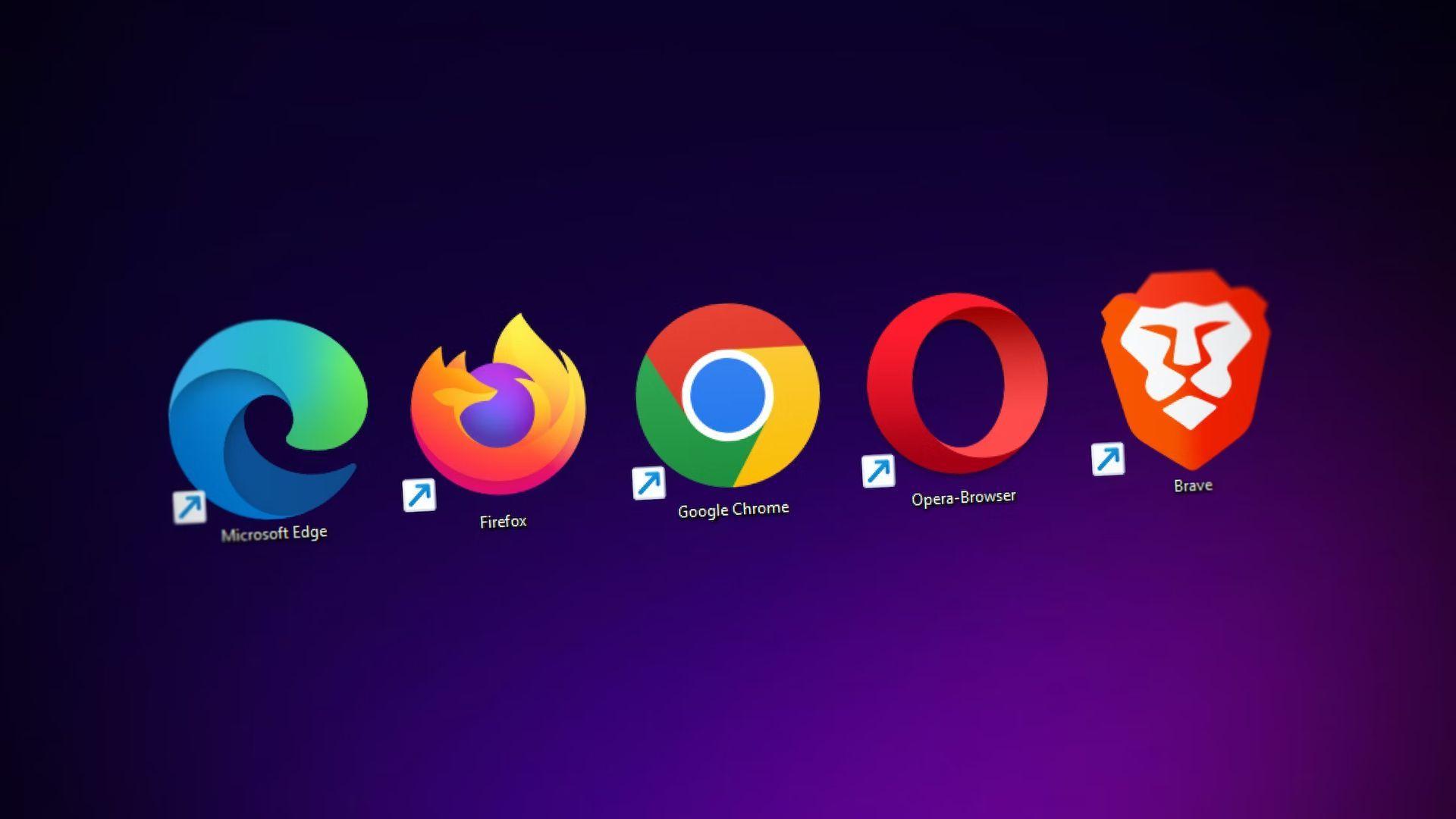AI browsers are not just tools to access the internet anymore; they’ve evolved into intelligent assistants that enhance our online experience, making it more interactive, personalized, and efficient.
Best AI browsers worth trying
The AI browsers listed below aren’t ranked from best to worst. Instead, each browser brings its unique set of features and capabilities to the table. The best choice largely depends on individual preferences and needs. Whether you’re looking for advanced AI chat integrations, smart summarization tools, or context-aware browsing, there’s likely an AI browser tailored just for you.

Arc Max Browser
The AI browsers landscape welcomes a new entrant with the introduction of the Arc Max Browser. The Browser Company has taken a leap forward by integrating both OpenAI’s GPT-3.5 and Anthropic’s models, ensuring a blend of power and utility. Similar to its competitors, Arc Max allows users to engage with ChatGPT in the context of their current page.
AI-backed Arc Max browser has cool features
What sets Arc Max apart are its unique features: the ability to smartly rename pinned tabs based on page titles, intelligently rename downloaded files based on their content, and offer a summary preview of links when hovered over with the shift key pressed.
Pros:
- Integration of both OpenAI’s GPT-3.5 and Anthropic’s models.
- Smart renaming of pinned tabs and downloaded files.
- Provides summary previews of links with a simple hover and key press.
Cons:
- Currently, users need to join a waitlist to access the browser.

Brave
Among the leading AI browsers, Brave distinguishes itself with a strong emphasis on privacy. This browser offers an ad-free experience and its own search engine, Brave Search. Prioritizing user privacy, Brave Search recently integrated the Brave Summarizer, an AI tool that provides succinct summaries of search results. This ensures users are presented with the most relevant information swiftly.
Pros:
- Brave Summarizer offers concise summaries of search results.
- Prioritizes user privacy.
- Provides relevant and real-time information.
Cons:
- Summarizer doesn’t work with all search queries.
- Further refinements needed for the feature.
SigmaOS
SigmaOS, a Chromium-based browser, is rapidly gaining recognition in the AI browsers category. Tailored for those desiring an enhanced browsing experience, it showcases a sophisticated design and granular control over tabs. Its AI companion, Airis, stands out by offering context-based insights from the currently open webpage, making it a strong contender in the AI-integrated browser space.
Pros:
- Granular control over tabs.
- Built-in AI companion called Airis.
- Refined and elegant design language.
Cons:
- Airis is available to a limited set of users.
Opera One AI Browser
Opera One AI Browser is a testament to how AI browsers are revolutionizing the web experience. Designed with modularity in mind, it boasts smoother animations and transitions. The highlight, however, is its integration with ChatGPT and ChatSonic, allowing users to access AI-powered chat and content summarization with ease. This makes Opera One not just a browser, but a smart assistant.
Pros:
- Prompt suggestion tool enhances user experience.
- ChatSonic offers advanced, coherent results compared to ChatGPT.
- Appealing user interface.
Cons:
- Still in early access and not available on Android.

New Opera Browser
The New Opera Browser, evolving in the realm of AI browsers, underwent a massive overhaul, inheriting features from its sibling, Opera One. The game-changer is its native AI chatbot assistant, ARIA, powered by OpenAI’s API. ARIA can read and understand currently open web pages, keeping users updated with the latest information, making it a top choice for those seeking a smart browsing experience.
Pros:
- Features ChatGPT powered AI chatbot, ARIA.
- Free to use with up-to-date knowledge.
- Available on both desktop and mobile platforms.
Cons:
- Requires users to create or sign into an Opera account.
- Webpage context feature doesn’t work on all sites.
Wavebox
Wavebox is carving its niche among AI browsers with a focus on productivity. This browser comes packed with features like focus mode and split screen view. Its ChatGPT AI chatbot, Brainbox, is a testament to its commitment to integrating advanced AI capabilities. Users can choose from different ChatGPT models, enhancing their browsing and learning experience.
Pros:
- Allows users to choose between different ChatGPT models.
- Features like focus mode and split screen view.
- Easily accessible AI tools.
Cons:
- Advanced models require the Pro version upgrade.
OperaGX with ChatGPT Integration
OperaGX, already renowned in the gaming community, has solidified its position among top AI browsers with its recent AI integrations. This gamer-centric browser now boasts features like ChatGPT and ChatSonic, allowing users to engage in enlightening conversations or explore creative writing. The AI prompt tool is another feather in its cap, enabling users to quickly summarize web pages or even craft tweets or memes based on the content they’re browsing. This fusion of gaming and AI makes OperaGX a unique choice for those seeking both entertainment and smart browsing.
Pros:
- Engaging AI chatbot integrations with both ChatGPT and ChatSonic.
- AI prompt tool for quick content summarization and creation.
- Tailored for the gaming community with added AI benefits.
Cons:
- The AI prompt tool doesn’t function on certain websites.

Microsoft Edge
Microsoft Edge, as one of the pioneering AI browsers, has seamlessly integrated Bing AI to enhance user experience. This integration was a significant move, marking Edge as a browser that’s ahead in the AI game. Users can effortlessly converse with Bing AI, asking it to summarize web pages or even PDF files, making information consumption more efficient.
Pros:
- Official integration with Bing AI.
- Features both Chat and Compose modes.
- Ability to summarize web pages and PDF files using AI.
Cons:
- Not as widely popular as other browsers like Chrome.
Which browser has best AI?
AI browsers are reshaping our online interactions, and here’s a look at some of the frontrunners:
Microsoft Edge Copilot
- Integrated AI assistant for chat, summarization, and writing assistance.
- Default on modern Windows machines, making it easily accessible.
- Personal research assistant and writing coach functionalities.
Brave’s Leo AI
- Built-in AI assistant for questions, text translation, and web page summarization.
- Emphasis on privacy, blocking trackers and ads.
- Acts as a Swiss army knife for the privacy-minded user.
Opera’s Aria
- Sidebar AI for chat, translation, and creative writing.
- Ideal for overcoming language barriers and boosting creativity.
- Offers a unique blend of convenience and creative support within the browser.
Arc’s Max
- Productivity-focused AI assistant with web page preview superpowers.
- Free and available on macOS, with Windows version coming soon.
- Perfect for productivity enthusiasts and organization buffs.
Which browser has built in ChatGPT?
While ChatGPT can be accessed through any browser, Opera uniquely offers a built-in ChatGPT function directly to its users. This integration allows for seamless and efficient use of ChatGPT’s capabilities, making Opera a standout choice for those looking to leverage the power of AI for enhanced browsing and interaction.
What is the best browser for GPT?
When it comes to utilizing GPT, virtually all browsers are capable of launching the ChatGPT website, allowing users to choose based on their personal preferences. However, Google Chrome and Arc Max are highly recommended for their overall performance and compatibility with AI technologies.
Whether you’re seeking efficiency, ease of use, or the latest AI features, choosing a browser that feels right for you is key. Google Chrome offers a wide range of extensions and a robust performance, while Arc Max, with its productivity-focused design, is an excellent choice for those who prioritize organization and efficiency.
Featured image credit: Kerem Gülen/Midjourney






